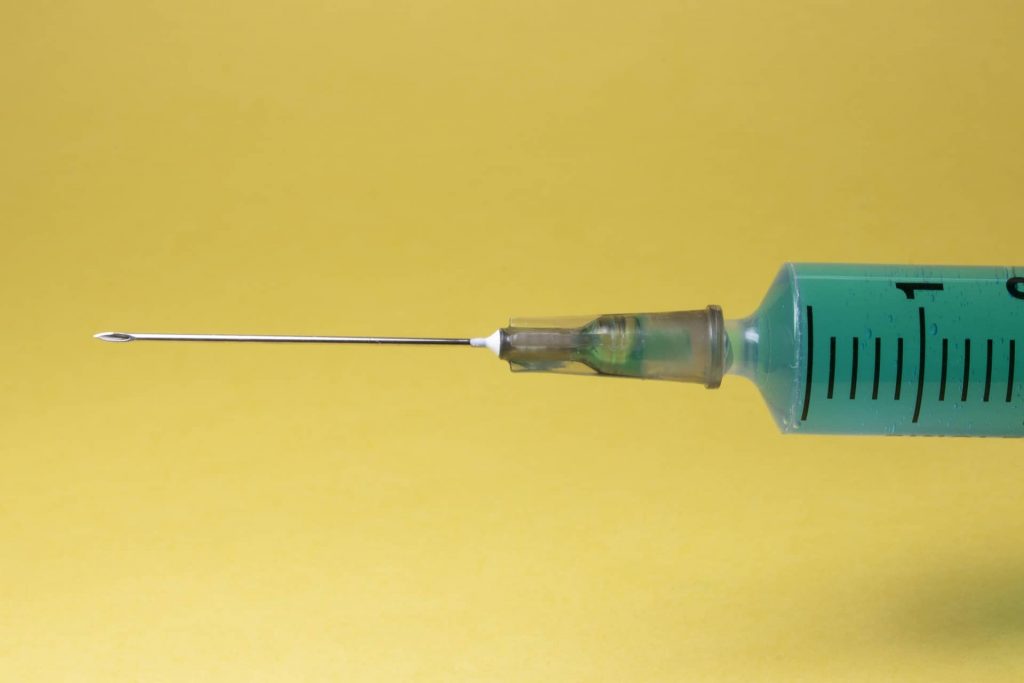Written by Miranda Helus

Many know of Botox as the key to a ‘100% guaranteed face-lift’ as advertised in TV commercials or Internet ads. The medical community, however, has continually discovered its potential as a treatment for various disorders. Botox is a deadly neurotoxin that is transmitted through ingestion of food contaminated with the bacterium Clostridium botulinum [1]. The toxin prevents the release of acetylcholine and blocks communication between the nerves and muscles [1]. This prevents muscle contraction and leads to temporary immobilization of muscle activity [1]. If the infection is left untreated, severe long-term muscle paralysis and even death can result; however, if injected in small and safe doses, muscle relaxation at specific areas can occur [1].
Despite its reputation in the world of cosmetics, new medical applications for Botox have been uncovered over the years. When Botox was first developed under the name Oculinum, the FDA initially approved it to treat strabismus, a cross-eyed disorder, and eyelid twitches in 1989 [1]. After Botox was approved to smooth out facial wrinkles in 2002, Allergan, the major company that produces and markets the drug, began conducting more clinical studies to explore its potential to treat other ailments [1]. The FDA approved the drug’s use in treating chronic migraines in 2010 and overactive bladder in 2013 [2,1]. In 2000, Botox was approved to treat cervical dystonia, a disorder that causes severe neck pain and spasms; in 2004, the drug was approved to treat excessive underarm sweating [2]. In 2015, the FDA approved Botox as a treatment for upper limb spasticity and muscle stiffness in the elbows, wrists, fingers, and thumbs [3]. In 2016, the FDA approved it to treat lower limb spasticity and stiffness in the ankles and toes [4].
Doctors and scientists have also been recommending and experimenting Botox for off-label uses. Some doctors have prescribed Botox to treat the symptoms for depression and have used the facial feedback hypothesis, which proposes that people’s facial expressions can influence mood, to support its use; however, the drug is still currently being tested as an effective treatment for depression [2]. Other non-FDA approved uses of Botox have included its treatment in erectile dysfunction or premature ejaculation, abnormal and irregular heartbeat patterns, cold hands, painful sex due to vagina contractions or pelvic muscle spasms, and cleft lip or palate scars in infants [2].
Although Botox is a widespread and effective drug, its use comes with high risks; in 2009, Botox was required to carry a black box warning due to its association with severe side effects. General side effects of the drug include muscle weakness, vision problems, and difficulty breathing or swallowing [2]. Allergan had also received lawsuits regarding claims that Botox’s off-label use in treating conditions like cerebral palsy or tremors resulted in serious adverse effects [2]. In spite of the risks, the pharmaceutical community has embraced Botox’s promising potential and encourages constant awareness in balancing out the benefits and risks of this remarkable drug.
References: